RF Microneedling:
- Creates microdermal wounds with mechanical and heat injury at varying depths of the skin.
- Causes micro-injuries that do not stimulate ablation or coagulation.
- The addition of RF heat to microneedling can stimulate fibroblast cells and collagen remodelling like fractional RF, but due to lack of volumetric tissue ablation RF microneedling does not help with resurfacing the outermost layer of the epidermis.
- Can take considerable time (up to 6 months) to see the end result.
- Treatment tends to be associated with increased risk of adverse side effects such as scarring, fat and volume loss, along with prolonged discomfort.
- Has reportedly had increased adverse reports to FDA and social media backlash:
-
- Insulated tip devices have been said to create more instances of inadvertent lipolysis or volume loss resulting in sunken mid face and eye area.
- Devices that are not well-engineered with customised depth of treatment and a controlled pace of delivery can more frequently cause microscarring and textural changes (such as the “orange peel” appearance) in patients.
- Many RF microneedling reviewers have noted grid marks post-treatment on sites like RealSelf.com.
-
- Patients are more prone to risk of infection with RF microneedling than with fractional RF.
V-Series RF Technology:
- V-FR’s fractionated technology treats fractions of the skin at a time and preserves surrounding tissue and epidermis for more rapid healing.
- In ablative mode, it leaves just small dots on the skin that can easily be covered up with makeup.
- V-ST’s proprietary CORE™ technology allows depth of penetration controllability up to a maximum depth of 7.2mm.
- V-FORM can penetrate 24.6mm deep into tissue by incorporating vacuum technology with RF energy compared with most competitor RF microneedling devices’ maximum of 8mm.
- Any downtime is minimal and classified as social downtime rather than clinical downtime.
- Procedure is safe for dark skin types as it’s fractionated and radiofrequency-based (colourblind unlike lasers).
- Targets and rejuvenates both epidermal and dermal cells.
- Can induce ablation, coagulation, and necrosis: It resurfaces the skin by removing its surface, which is beneficial for aged skin or those with acne scars.
- Volumetric tissue ablation induces rapid neocollagenesis for rapid and more significant outcomes.
- Comes with a cooling tip for patient comfort during the high heat of ablation.
- Uses a vacuum to ensure flat contact with the skin, enhancing safety and comfort.
- Comes with Smart Heat to reduce impedance and resistance of the skin, ensuring deep heat penetration and allowing for lower energy levels use, especially beneficial for darker skin types.
- Allows for lower consumable costs as the same tip can be used for multiple treatments, improving ROI.
- No numbing required.

Benefits of V-Series Fractional RF over RF Microneedling:
- Offers faster healing and easy recovery because of its fractionated technology.
- No numbing needed.
- Provides multiple biological responses (coagulation, necrosis, and ablation) in a single treatment.
- Can address both the depth and surface of skin issues (e.g., acne scars).
- Versatile treatment applications across different areas of the body and a broad range of patients.
- Safer and more comfortable for the patient due to its cooling tip and vacuum features.
- Can safely treat dark skin types without the risk of causing hypopigmentation.
- Minimises the risk of unintentional fat loss.
- Comes with low cost of consumables, increasing the return on investment.
- Results in a natural, refreshed look after treatment.
- Has a lower risk of FDA reports and social media backlash.
Visit aestheticbureau.com.au/viora-v-series to discover more about the V-Series.





